A Hybrid Control Strategy for a Gantry Crane with the Concept of Multi-Diffeomorphism
Abstract
1. Introduction
- The paper presents a new hybrid control approach that utilizes multiple diffeomorphisms instead of a single coordinate transformation. This allows for better handling of nonlinear systems with non-minimum phase behavior and improves the overall transient response.
- The proposed method is specifically designed to stabilize systems where each subsystem can individually exhibit non-minimum phase characteristics, a case that is rarely addressed in existing literature.
- A dynamic switching algorithm is designed based on Lyapunov stability analysis, ensuring smooth transitions between control modes and guaranteeing the global stability of the overall system, even when individual subsystems are unstable. The proposed approach is applied to a gantry crane model, which includes payload and cart friction, making the simulations more reflective of practical industrial scenarios and increasing the method’s applicability to real-world systems.
- The control framework explicitly incorporates system symmetry into the design process, leading to coordinated and balanced responses during mode transitions, a feature not commonly considered in traditional control strategies.
2. Methodology
2.1. Dynamics of Gantry Crane
2.2. Design of the Switching Control Strategy
- -
- Subsystem 1:
- -
- Subsystem 2:
- -
- Subsystems 3:
- -
- for subsystem 1:
- -
- for subsystem 2:
- -
- for subsystem 3:
2.3. Switching Law Algorithm
- -
- The local stability of a subsystem does not always guarantee the global stability of the entire system.
- -
- Global stability can result from a systematic strategy for alternating between unstable subsystems.
- First Step: Initialization
- -
- Represent the first active subsystem 1 by initializing the index i = 1.
- -
- Establish the starting parameters , and then calculate the transformed states .
- -
- For each subsystem, define the matrices Pi, Qi.
- Second Step: Confirming Conditions for Stability
- -
- Determine the active mode’s Lyapunov energy Vi(X).
- -
- Ensure that the following conditions are satisfied at every interval :
- Case 1: Verified Switching Condition
- Case 2: Unverified Switching Condition
- iii.
- Third Step: Update ParametersWhen the following mode has been chosen:
- -
- Increase the subsystem number: If i = 3, return to i = 1 to cycle through the subsystems.
- -
- Recalculate the states that have been changed: Implement the new diffeomorphism .
- iv.
- Fourth Step: Stabilizing Control LawSteps 1 through 3 should be repeated until convergence.A stabilizing control law ui(X) should be applied to each active subsystem.
3. Simulation Results and Discussion
4. Conclusions
Author Contributions
Funding
Data Availability Statement
Acknowledgments
Conflicts of Interest
References
- Le, A.; Lee, S.-G. 3D Cooperative Control of Tower Cranes Using Robust Adaptive Techniques. J. Frankl. Inst. 2017, 354, 8333–8357. [Google Scholar] [CrossRef]
- Tuan, L.; Lee, S.-G.; Dang, V.H.; Moon, S.C.; Kim, B. Partial Feedback Linearization Control of a Three-Dimensional Overhead Crane. Int. J. Control Autom. Syst. 2013, 11, 718–727. [Google Scholar] [CrossRef]
- Matsuo, T.; Yoshino, R.; Suemitsu, H.; Nakano, K. Nominal Performance Recovery by PID+Q Controller and Its Application to Anti-Swing Control of Crane Lifter with Visual Feedback. IEEE Trans. Control Syst. Technol. 2004, 12, 156–166. [Google Scholar] [CrossRef]
- Solihin, M.; Wahyudi; Legowo, A. A Fuzzy-Tuned PID Anti-Swing Control of Automatic Gantry Crane. J. Vib. Control 2010, 16, 127–145. [Google Scholar] [CrossRef]
- Ngo, Q.; Hong, K.S. Sliding-Mode Antisway Control of an Offshore Container Crane. IEEE/ASME Trans. Mechatron. 2012, 17, 201–209. [Google Scholar] [CrossRef]
- Ngo, Q.; Hong, K.S. An Adaptive Sliding Mode Control of Container Cranes. IET Control Theory Appl. 2012, 6, 662–668. [Google Scholar] [CrossRef]
- Vázquez, C.; Collado, J.; Fridman, L. Super Twisting Control of a Parametrically Excited Overhead Crane. J. Frankl. Inst. 2014, 351, 2283–2298. [Google Scholar] [CrossRef]
- Tuan, L.; Lee, S.-G.; Moon, S.C. Partial Feedback Linearization and Sliding Mode Techniques for 2D Crane Control. Trans. Inst. Meas. Control 2014, 36, 78–87. [Google Scholar]
- Maghsoudi, M.; Mohamed, Z. Active Sway Control of a Gantry Crane by an Electrical Ducted Fan. Int. J. Acoust. Vib. 2015, 20, 171–176. [Google Scholar] [CrossRef]
- Maghsoudi, M.; Mohamed, Z. Control of a Gantry Crane Using Input-Shaping Schemes with Distributed Delay. Trans. Inst. Meas. Control 2017, 39, 361–370. [Google Scholar] [CrossRef]
- Abdullahi, A.; Mohamed, Z.; Abidin, M.S.; Buyamin, S.; Bature, A. Output-Based Command Shaping Technique for an Effective Payload Sway Control of a 3D Crane with Hoisting. Trans. Inst. Meas. Control 2016, 39, 1443–1453. [Google Scholar] [CrossRef]
- Sirisena, H. Ripple-Free Deadbeat Control of SISO Discrete Systems. IEEE Trans. Autom. Control 1985, 30, 168–170. [Google Scholar] [CrossRef]
- Paz, R. Ripple-Free Tracking with Robustness. Int. J. Control 2006, 79, 543–568. [Google Scholar] [CrossRef]
- Isidori, A. Nonlinear Control Systems: An Introduction; Springer: New York, NY, USA, 1995. [Google Scholar]
- Zhao, X.; Wang, X.; Zong, G.; Zhou, J. Fuzzy-Approximation-Based Adaptive Output-Feedback Control for Uncertain Non-Smooth Nonlinear Systems. IEEE Trans. Fuzzy Syst. 2018, 26, 3847–3859. [Google Scholar] [CrossRef]
- Chang, X.H.; Wang, Y.M. Peak-to-Peak Filtering for Networked Nonlinear DC Motor Systems with Quantization. IEEE Trans. Ind. Inform. 2018, 14, 5378–5388. [Google Scholar] [CrossRef]
- Wang, M.; Dimirovski, G.M.; Zhao, J. H∞ Control for a Class of Non-Minimum Phase Cascade Switched Nonlinear Systems. In Proceedings of the American Control Conference, Seattle, WA, USA, 11–13 June 2008. [Google Scholar]
- Jouili, K.; Benhadj, B.N. Stabilization of Non-Minimum Phase Switched Nonlinear Systems with the Concept of Multi-Diffeomorphism. Commun. Nonlinear Sci. Numer. Simul. 2015, 23, 282–293. [Google Scholar] [CrossRef]
- Yang, H.; Jiang, B.; Zhang, H. Stabilization of Non-Minimum Phase Switched Nonlinear Systems with Application to Multi-Agent Systems. Syst. Control Lett. 2012, 61, 1023–1031. [Google Scholar] [CrossRef]
- Zhao, X.D.; Zheng, X.L.; Liu, B.; Wu, Y. Adaptive Tracking Control for a Class of Uncertain Switched Nonlinear Systems. Automatica 2015, 52, 185–191. [Google Scholar] [CrossRef]
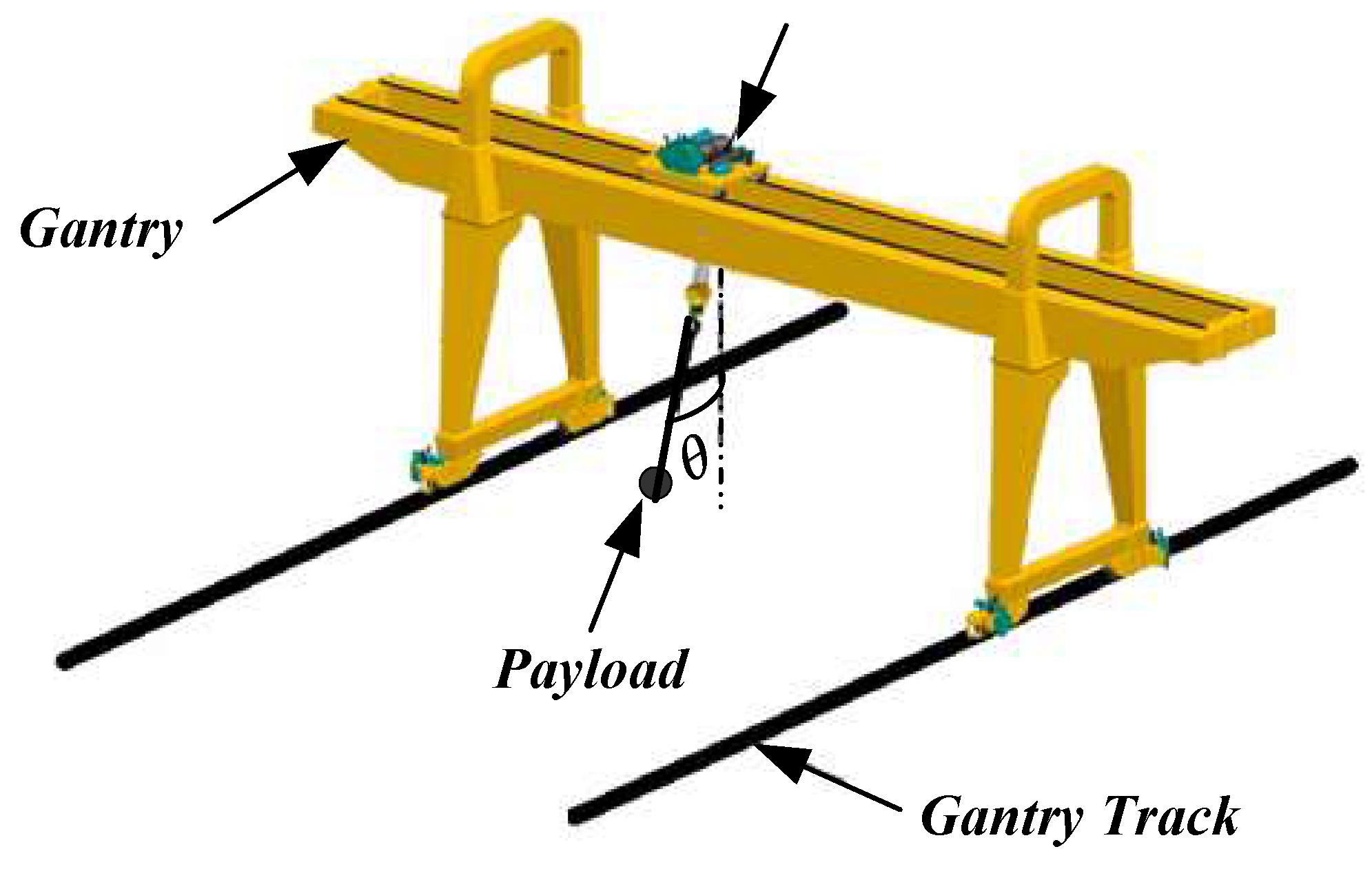

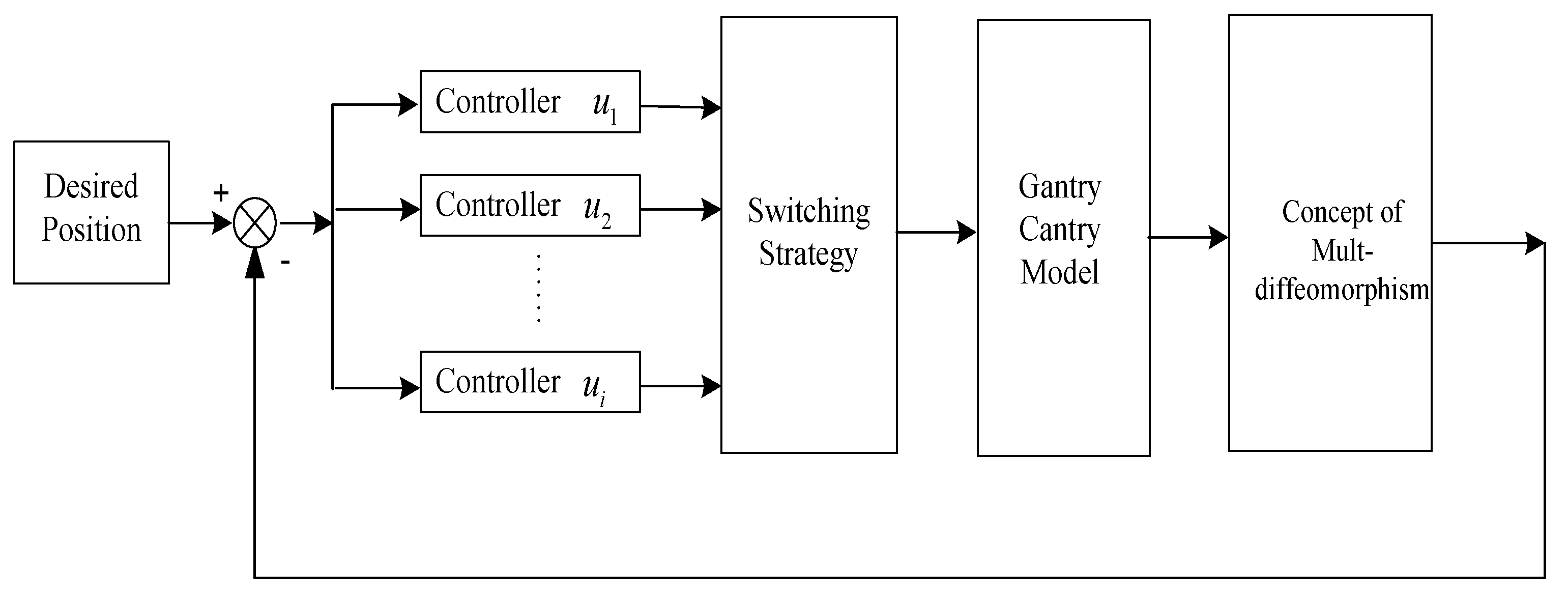

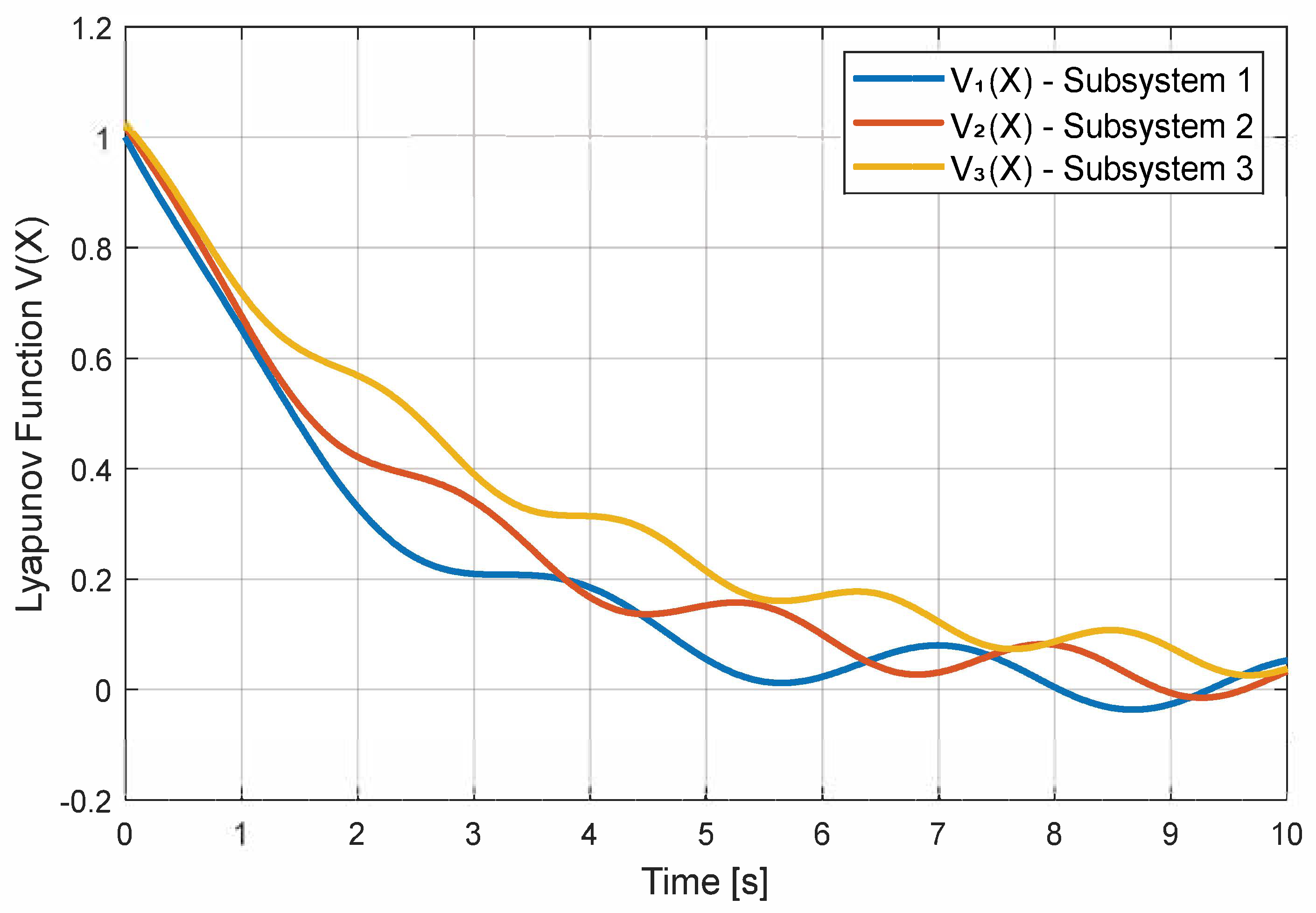


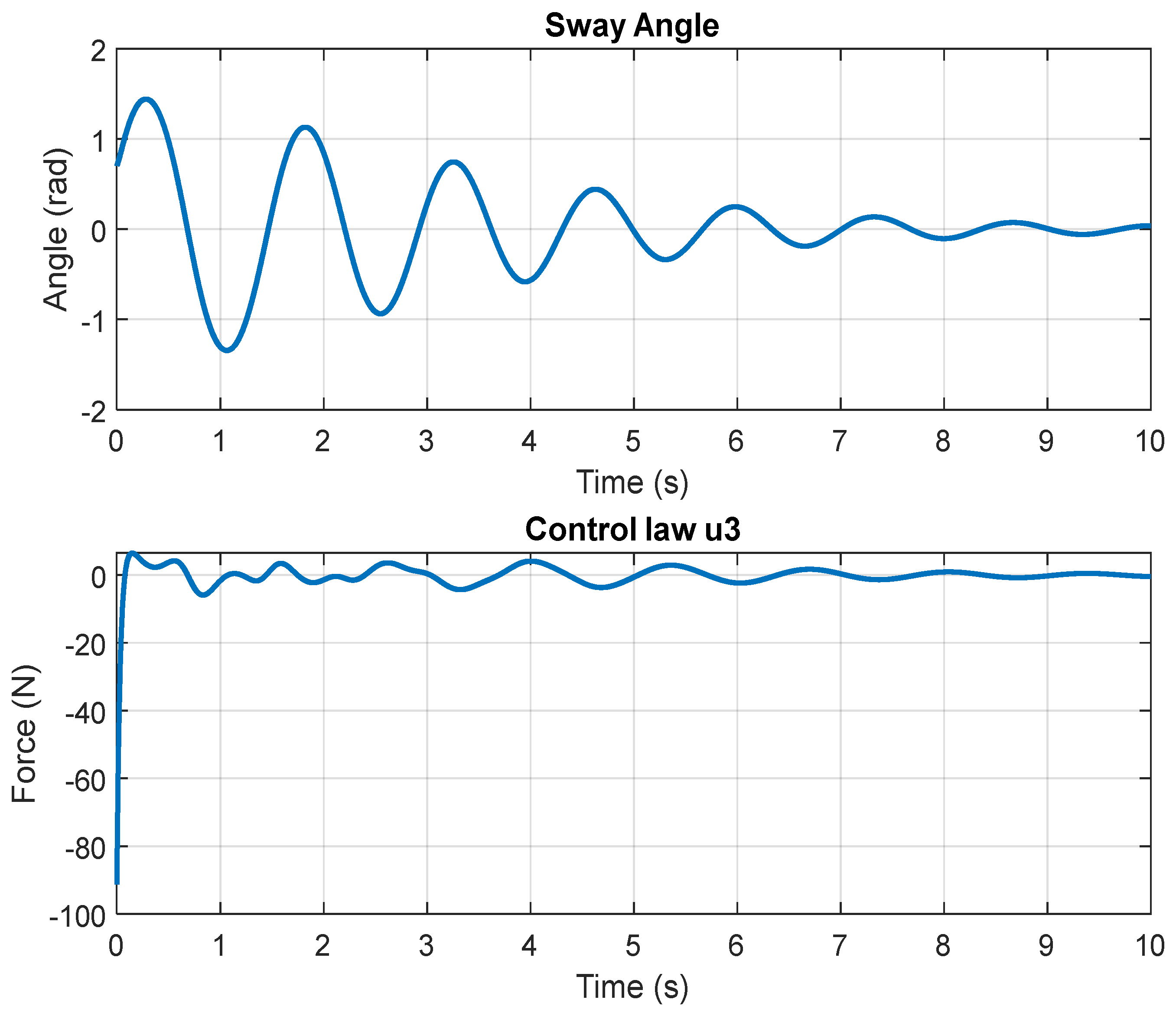

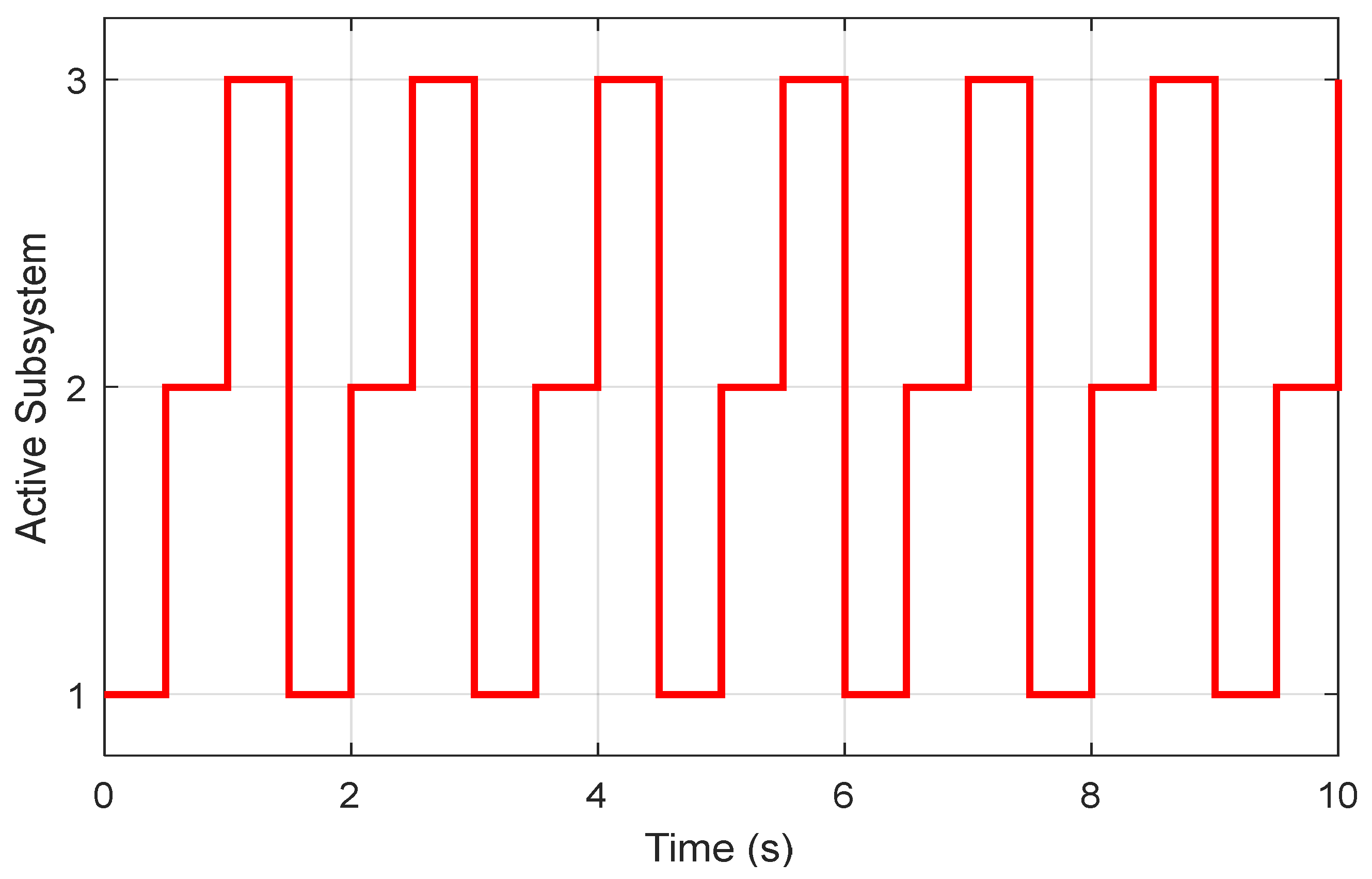
| Parameters | Value |
|---|---|
| Mass of the cart | |
| Mass of the rod | |
| Length of the rod | |
| Gravitational acceleration | |
| Constant friction car | |
| Constant friction payload |
| Control Strategy | Settling Time (s) | Maximum Overshoot (°) | RMSE (°) |
|---|---|---|---|
| Diffeomorphism 1 (Φ1) | 6.2 | 11.5 | 3.42 |
| Diffeomorphism 2 (Φ2) | 5.7 | 9.8 | 2.87 |
| Diffeomorphism 3 (Φ3) | 5.4 | 8.1 | 2.41 |
| Hybrid multi-diffeomorphism | 3.1 | 2.6 | 0.94 |
| Control Method | Settling Time (s) | Max Overshoot (°) | RMSE (°) |
|---|---|---|---|
| Classical I/O feedback linearization | 6.8 | 12.3 | 4.05 |
| Hybrid multi-diffeomorphism (proposed) | 3.1 | 2.6 | 0.94 |
Disclaimer/Publisher’s Note: The statements, opinions and data contained in all publications are solely those of the individual author(s) and contributor(s) and not of MDPI and/or the editor(s). MDPI and/or the editor(s) disclaim responsibility for any injury to people or property resulting from any ideas, methods, instructions or products referred to in the content. |
© 2025 by the authors. Licensee MDPI, Basel, Switzerland. This article is an open access article distributed under the terms and conditions of the Creative Commons Attribution (CC BY) license (https://creativecommons.org/licenses/by/4.0/).
Share and Cite
Snoussi, S.; Jouili, K.; Boubaker, S. A Hybrid Control Strategy for a Gantry Crane with the Concept of Multi-Diffeomorphism. Symmetry 2025, 17, 1302. https://doi.org/10.3390/sym17081302
Snoussi S, Jouili K, Boubaker S. A Hybrid Control Strategy for a Gantry Crane with the Concept of Multi-Diffeomorphism. Symmetry. 2025; 17(8):1302. https://doi.org/10.3390/sym17081302
Chicago/Turabian StyleSnoussi, Samia, Khalil Jouili, and Sahbi Boubaker. 2025. "A Hybrid Control Strategy for a Gantry Crane with the Concept of Multi-Diffeomorphism" Symmetry 17, no. 8: 1302. https://doi.org/10.3390/sym17081302
APA StyleSnoussi, S., Jouili, K., & Boubaker, S. (2025). A Hybrid Control Strategy for a Gantry Crane with the Concept of Multi-Diffeomorphism. Symmetry, 17(8), 1302. https://doi.org/10.3390/sym17081302






